Growth of Performance Vehicles
The Automotive Intercooler Market is significantly influenced by the rising popularity of performance vehicles. Enthusiasts are increasingly seeking vehicles that offer superior power and acceleration, which often necessitates the use of high-performance intercoolers. These components are essential for turbocharged and supercharged engines, as they help maintain optimal air intake temperatures. Market data indicates that the performance vehicle segment is projected to grow at a compound annual growth rate of 6% over the next five years. This growth is likely to stimulate demand for advanced intercooler designs that can support higher power outputs while ensuring reliability.
Increasing Demand for Fuel Efficiency
The Automotive Intercooler Market is experiencing a notable surge in demand for fuel-efficient vehicles. As consumers become more environmentally conscious, manufacturers are compelled to enhance engine performance while minimizing fuel consumption. Intercoolers play a crucial role in this equation by cooling the air entering the engine, thereby improving combustion efficiency. According to recent data, vehicles equipped with advanced intercoolers can achieve up to 15% better fuel economy compared to those without. This trend is likely to drive innovation in intercooler technology, as manufacturers strive to meet regulatory standards and consumer expectations for fuel efficiency.
Expansion of Electric and Hybrid Vehicles
The Automotive Intercooler Market is also being influenced by the expansion of electric and hybrid vehicles. While traditional internal combustion engines have long relied on intercoolers, the rise of hybrid systems introduces new challenges and opportunities. Some hybrid vehicles still utilize turbocharged engines, necessitating the integration of intercoolers to optimize performance. Market analysis suggests that the hybrid vehicle segment is expected to grow by 8% annually, which could lead to increased demand for specialized intercooler solutions tailored for these applications. As manufacturers adapt to this shift, the market for automotive intercoolers is likely to evolve, incorporating new technologies that cater to the unique requirements of hybrid and electric vehicles.
Regulatory Pressure for Emission Reductions
The Automotive Intercooler Market is significantly shaped by increasing regulatory pressure aimed at reducing vehicle emissions. Governments worldwide are implementing stringent emission standards, compelling manufacturers to adopt technologies that enhance engine efficiency. Intercoolers are pivotal in this context, as they help lower exhaust gas temperatures and improve overall engine performance. Data indicates that vehicles equipped with efficient intercoolers can reduce nitrogen oxide emissions by up to 30%. This regulatory landscape is likely to drive the adoption of advanced intercooler systems, as manufacturers seek to comply with evolving environmental standards while maintaining competitive performance.
Technological Advancements in Intercooler Design
The Automotive Intercooler Market is witnessing rapid technological advancements that enhance the efficiency and effectiveness of intercoolers. Innovations such as variable geometry designs and enhanced heat exchange materials are becoming more prevalent. These advancements not only improve cooling performance but also reduce weight, which is a critical factor in modern vehicle design. Recent studies suggest that the adoption of these advanced intercooler technologies could lead to a 20% increase in thermal efficiency. As manufacturers continue to invest in research and development, the market is likely to see a proliferation of innovative intercooler solutions that cater to diverse automotive applications.
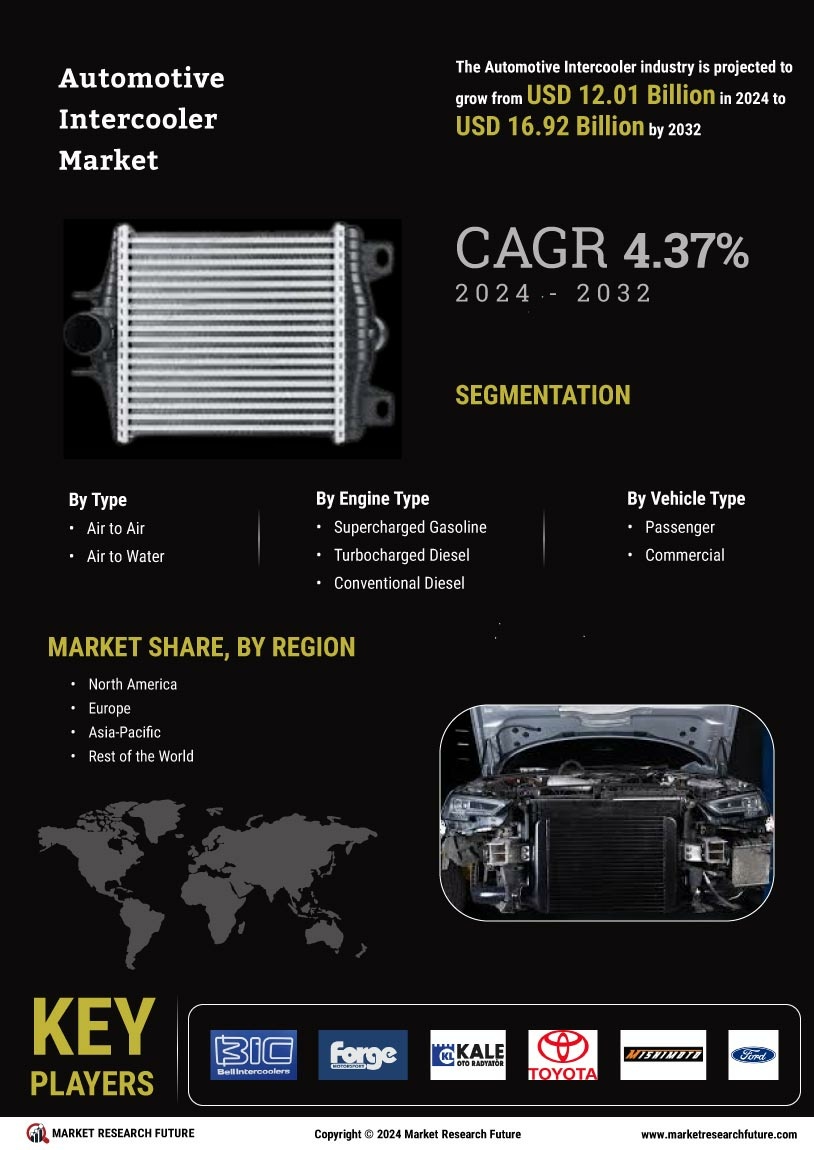

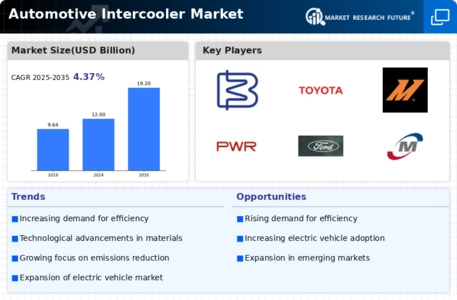
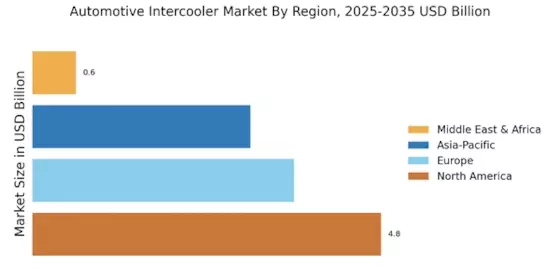



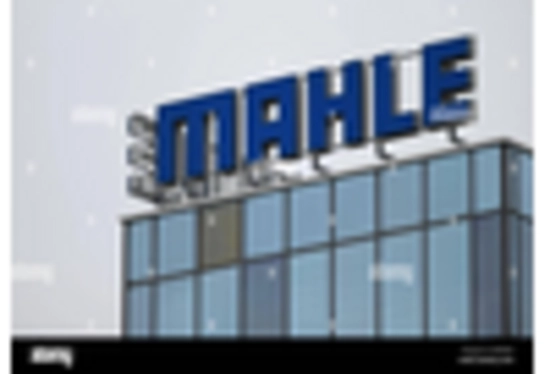
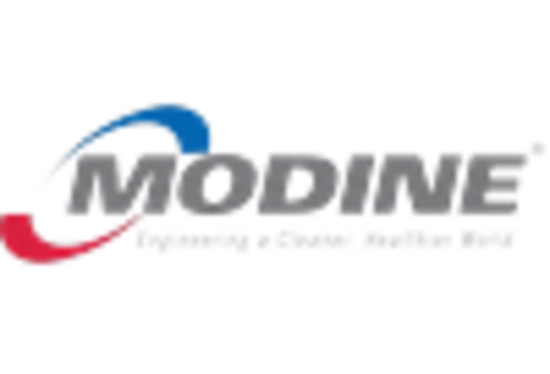
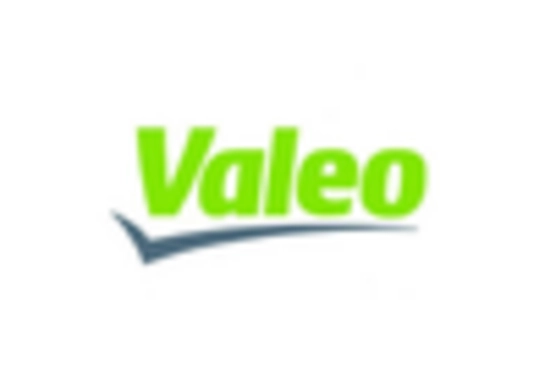








Leave a Comment